Soil Structure
Soil Colour | Soil Particles | Bonding and Aggregation | Porosity | Changing Soil Structure | Soil Strength
Soil structure has a major influence on soil behaviour. A ’well structured‘ soil has plenty of living spaces, storage spaces, doorways, and passages (for utilisation by water, gases, nutrients, roots and a vast array of organisms). A poorly structured soil is much less endowed, and much less productive.
What is Soil Structure?
Soil structure is the arrangement of pores and fissures (porosity) within a matrix of solid materials (soil particles and organic matter). The solid materials bond and aggregate to give the pores and fissures. The quantity, distribution and arrangement of pores determines water holding capacity, infiltration, permeability, root penetration, and, respiration.
| Soil Structure Close-Up Only about 50% of soil is solid material. The remainder is pore space. It is in these spaces that the action happens. Water is stored there. Organisms live there. Organic matter and nutrients accumulate there. The diagram (magnified about 20 times) demonstrates how solids and pores might arrange in soil to give a porosity of 50 %. Small pores within the aggregates provide storage and refuge. The larger pores (and fissures) between the aggregates are the pathways for liquids, gases, roots and organisms. | 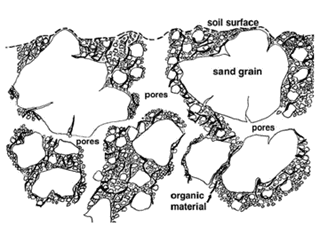 |
The diagram is also useful to imagine how various management actions may change soil structure. What would happen if a weighted wheel passed over this surface? What would happen if a tyne were dragged through it? What would happen if half of the organic was removed?
Importance
Why is soil structure so important?
Soil is like a city. The structure and layout of both determine how things happen, the rate at which they happen, and the capability to keep them happening.
The following characteristics are used to help evaluate the ability of any soil to perform well (or otherwise):
- Porosity (to represent aeration, water storage capacity, plant wilting point and drainage)
- Permeability (to represent infiltration, drainage and respiration)
- Bonding and aggregation (to represent how the solids group together and the construction materials used)
- Soil strength (to represent toughness and resilience of structures)
- Friability, tillage and trafficability (to represent how soils behave with mechanical disturbance)
Types
What types of soil structure are there?
Soil material fits and binds together in many different ways. With some, the bonding is very weak, in others very strong. With some, the size of aggregates is very fine, in others coarse and large. With some the aggregates are dense containing few pores, in others quite open with plenty of pores.
There are six broad categories of soil structure:
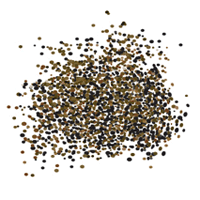 | 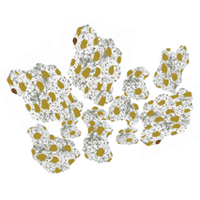 | |
| Granular (high permeability) | Aggregated (high permeability) | |
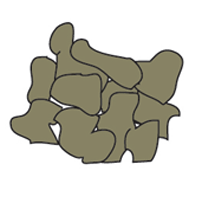 |  | |
| Blocky (moderate permeability) | Columnar/prismatic (moderate permeability) | |
 | 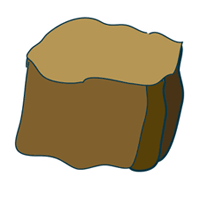 | |
| Platey (low permeability) | Massive (low permeability) |
Indicators of damaged soil structure
- Root restriction
- Compacted layers
- Plough pans
- Surface crusting
What are the benefits of understanding soil structure?
- Tilth and ease of tillage (time and costs)
- Trafficability (go and no-go periods)
- Irrigation management (frequency and intensity)
- Runoff and water quality
- Interpreting surface features
- Root exploration – occupation of soil, root deformation, root health
- Density (porosity and compaction)
- Aggregation (clodiness and stability)
- Slaking and dispersion, water-stable aggregates
- Aggregate strength (dry) and friability
- Water retention properties and water movement
- Providing stable foundations
How do I protect and improve soil structure?
- Know the territory
- Characterise the soil
- Know the "fixed" limitations of your soil such as soil type and texture
- Work on the "manageable" limitations, e.g.
- aggregate stability
- profile permeability
- Prevent:
- compaction
- plough pans
- crusts
- erosion
- Manage the strengths, e.g. surface maintenance and protection organic matter cycling.


